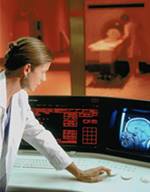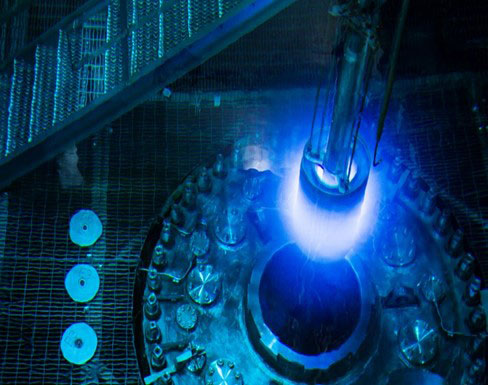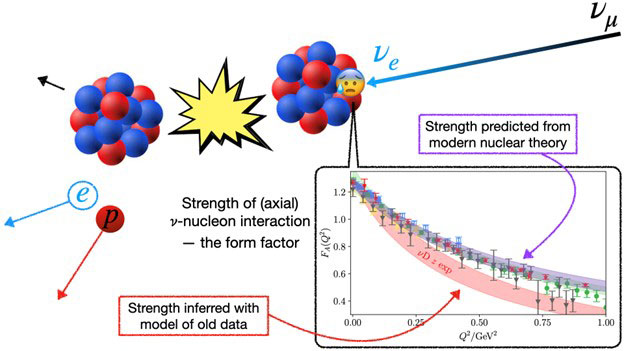Medicine
Medicine: magnetic resonance imaging
Magnetic resonance imaging, a fundamental technology of medical diagnosis, uses superconducting magnet technology that originated as a tool for physicists to accelerate protons to the highest energy in the world. MRI produces high-quality images of the inside of the human body, based on the principles of nuclear magnetic resonance. At the heart of MRI technology are powerful magnets made of superconducting wire and cable. A cadre of experts in superconductivity, physics, engineering, material science and manufacturing first developed this technology to build Fermilab's Tevatron, the world’s first superconducting synchrotron.
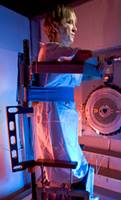 Medicine: cancer therapy
Medicine: cancer therapy
The technologies of particle physics have yielded dramatic advances in cancer treatment. Today, every major medical center in the nation uses accelerators producing x-rays, protons, neutrons or heavy ions for the diagnosis and treatment of disease. Particle accelerators play an integral role in the advancement of cancer therapy. Medical linacs for cancer therapy were pioneered simultaneously at Stanford and in the UK in the 1950s using techniques that had been developed for high energy physics research. This R&D spawned a new industry and has saved millions of lives. Today it is estimated that there are over 7,000 operating medical linacs around the world that have treated over 30,000,000 patients. Fermilab physicists and engineers built the nation's first proton accelerator for cancer therapy and shipped it to the Loma Linda University Medical Center, where it has treated some 7,000 patients. Relative to x-rays, proton therapy offers important therapeutic benefits, especially for pediatric patients. The Neutron Therapy Facility at Fermilab has the highest energy and the deepest penetration of any fast neutron beam in the United States. Neutrons are effective against large tumors. More than 3,500 patients have received treatment at the Neutron Therapy Facility.
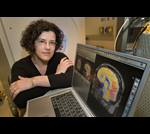
Medicine: diagnostic instrumentation
Particle physics experiments use an array of experimental techniques for detecting particles; they find a wide array of practical applications. Particle detectors first developed for high energy physics are now ubiquitous in medical imaging. Positron emission tomography, the technology of PET scans, came directly from detectors initially designed for particle physics experiments sensing individual photons of light. Silicon tracking detectors, composed of minute sensing elements sensitive to the passage of single particles, are now used in neuroscience experiments to investigate the workings of the retina for development of retinal prosthetics for artificial vision.

